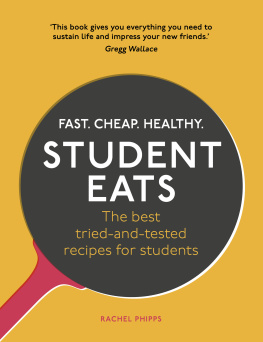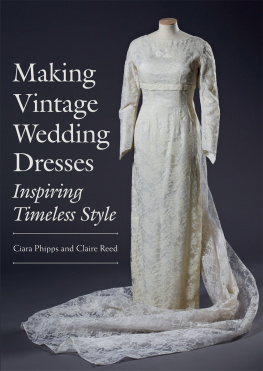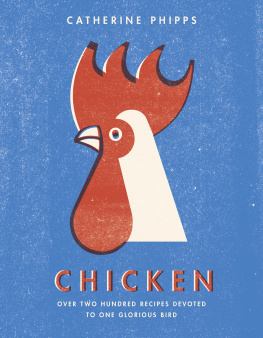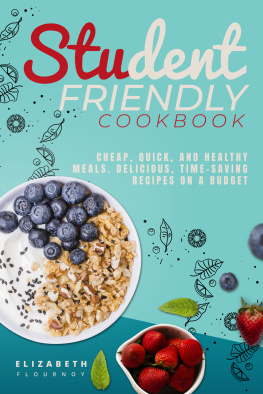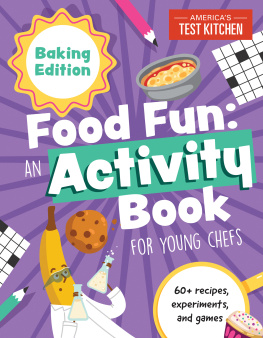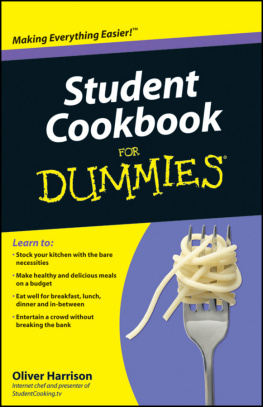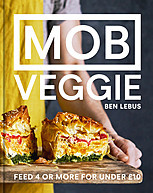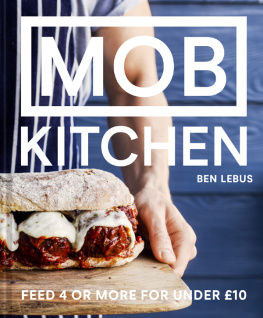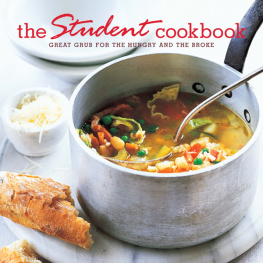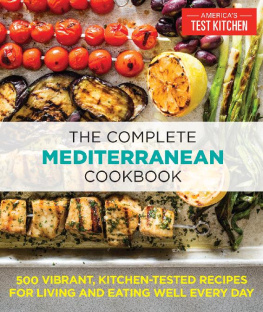CONTENTS
INTRODUCTION
I can remember clearly the afternoon my parents dropped me off at halls for my first year of university. I can remember my father trying to cram all of my bags and boxes into one ride of the lift, and my mother making my bed for me because she knew that Id always hated doing it.
I can also remember the first box I unpacked the moment my parents had left. As I found homes for the battered pots and pans Id inherited from my aunts student days and for the bags of pasta and rice Id been sent away with, I was absolutely terrified.
What worried me the most about moving away from home and starting university was that I wasnt going to be able to feed myself the fresh, healthy and pretty much 100% homemade food I was used to at home on a student budget. I was scared that I would run out of money for fresh food and have to start living off the student stereotype of packet meals, jarred sauces and bowls of 40p rice. It was in my efforts to avoid this bleak eventuality that I found my love of food and cooking.
I started writing a fashion blog while I was still at school. It was a space where I could share my photos and writing with the world. Therefore, it seemed natural to me to photograph and share the cheap, fresh and easy meals Id started producing in my student kitchen. After a little while, everyone, from my best friend to total strangers, was telling me how much theyd enjoyed one dish or another.
I spent the second year of my degree studying abroad in California. It was in Los Angeles that I really stopped writing so much about clothes and make up, and started getting braver and bolder about creating my own dishes. I spent the holidays, when I had the kitchen to myself, perfecting some of my favourite recipes.
I WAS SCARED THAT I WOULD RUN OUT OF MONEY FOR FRESH FOOD AND HAVE TO START LIVING OFF THE STUDENT STEREOTYPE OF PACKET MEALS, JARRED SAUCES AND BOWLS OF 40P RICE.
My kitchen table in America was where I first started to imagine what a cookbook written for students like me could look like.
Fast-forward almost 5 years after that first day of student life and here is the book I wish Id had back then. A book full of the sorts of recipes that youd want to throw together after a packed day of lectures, or the morning after the night before. The most important thing to me when I was writing this book was also to make sure that it is a student cookbook in name, budget and simplicity only.
SOMETHING BRIGHT, FRESH AND DELICIOUS, OR WARM, COSY AND COMFORTING, DOESNT HAVE TO BE EXPENSIVE, DIFFICULT OR TIME INTENSIVE TO CREATE.
I hope youll enjoy cooking from this book long after graduation. I wanted the recipes to have more in common with the dishes youd find in a grown-up cookbook, rather than some of the other student titles out there.
Writing my blog, Ive had countless comments and emails from readers with busy lives and a tight budget, who have recently started their first jobs, have families to feed or who just want to eat well without spending all of their time in the kitchen. This book is for all of those people, too.
Looking away from my own student experience crammed into shoebox east London flats, I took a great interest in other student kitchens when I visited my friends. While I never really had the space to have people round for dinner, it could be different for you. In this book youll find recipes that would easily feed a crowd from the kitchen of a sprawling student house, such as my friends in Nottingham, along with quick, two-person dishes that would be perfect when it is your night to cook, such as my best friends cosy south London two-bed.
Everything else aside, the one thing I hope you will take away from this book, if you dont already have it, is a love of good food. Something bright, fresh and delicious, or warm, cosy and comforting, doesnt have to be expensive, difficult or time intensive to create. Remember that, and I promise you that youll be prepared for life in a way that no university lecture or seminar will be able to teach.
ESSENTIAL EQUIPMENT
When you are short of money and space, and if youve never set up your own kitchen before, it is hard to know what to buy that youll get the most use out of, and what items will get used only once or twice. There is no point investing in things that will just find their way to the back of the cupboard to gather dust.
Ive divided the equipment youll need to make all of the recipes in this book into two categories: kitchen essentials and items that are only essential if you gravitate more towards certain types of cooking. A muffin tin may be essential to a baker, and a wok to someone who loves a good stir-fry, but others may not get much use out of them.
The assumption is that youll have already purchased plates, glasses, mugs and cutlery. Im also assuming that you have a kettle, toaster, microwave and an oven with a grill in it, and a hob on top. If youre using a fan oven, drop the cooking temperature by 10 or 20 degrees depending on your oven.
KITCHEN ESSENTIALS
Knives
I cannot emphasise enough the importance of a couple of good, sharp kitchen knives. Ignore those cheap knife blocks marketed to students, full of knives that can barely cut, and invest in just two good ones. Knives that are not sharp are dangerous. I still have no idea how I made it to my 10am Medieval Literature seminar half an hour after passing clean out on the kitchen floor after cutting myself with a blunt knife while making breakfast one morning.
Choose one large, long knife, and one slightly smaller knife. You may think that one will do, but if youre cooking raw meat or fish, it is such a bother having to keep on washing up your knife in the middle of cooking.
If you can stretch to it, one knife I wish I had as a student was a good bread knife. You can use the serrated edge to cut most vegetables, and it will be a godsend when you come to slice tomatoes or a crusty loaf of bread.
Chopping Boards
Choose at least two large chopping boards: its important to have a separate board for chopping raw meat and with two boards you dont have to stop and wash up halfway through cooking.
Pots and Pans
For cooking on the hob, usually it is cheaper to buy a nest of three saucepans: small, medium and large. However, if youre buying them separately, every recipe in this book can be made with just a medium and a large saucepan. Wherever a small one is called for, you can get away with using a medium pan instead. It does not matter if your pans dont have lids; just sit a baking tray on top and weigh it down with something heavy.
You will need a medium and a large frying pan, both of these preferably non-stick. A little one would be good, too, for things like single-serving crpes, but it is not essential; just use the medium pan instead when a smaller pan is called for.
A wok is by no means a kitchen essential, but you may want to invest in one if you like Asian cooking. I also use my wok to make the fillling for fajitas in as it is roomier than my biggest frying pan. I had a flatmate from Hong Kong in third year who always made spaghetti bolognese in hers.

